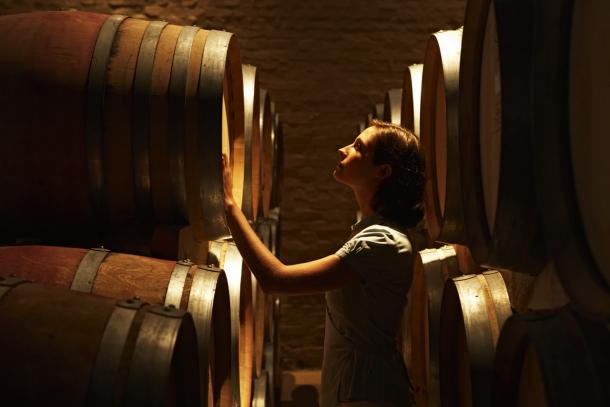Italian Wine Vintages: The Best Years for Aging
The more you spend on wine, the more important the vintage becomes. It can be both a blessing and a curse that our weather in the Old World is less reliable than it is in the New World – we never quite know what a year will bring, but similarly, the variance between wines from year to year means that whether or not they are the finest of the century, they will always be unique and memorable, if only because each year they are slightly different from the year before.

What makes a good vintage can vary – the Italian winemakers might have glorious weather all season but be forced to pick the grapes early because poor weather is on the way – which might mean that the grapes lack concentration. Similarly a difficult season in the vineyard can be salvaged by clever, strategic vinification. Yields will vary from year to year as well, so a good year in which fewer wines were made will always be highly desirable for the collector.
Another important factor in Italy is the diversity of conditions in which grapes are grown, from the coasts to the mountains to the warm south and the islands. It is rare that a good vintage will extend across the whole of Italy as different conditions will suit different regions and varietals. Yet some years, like the majestic 1997, seem to be excellent without exception.
If you decide to seek out fine vintage Italian wine, it is worth paying attention not just to the year but to the region. For example, 2001 was a good year for the Veneto but a less prolific year for Tuscany. 2002 is best avoided on all counts due to adverse weather conditions, yet the hot conditions of 2003 suited Montepulciano and the rich reds of the south. Tuscany and Piedmont fared well in 2004 and wines from the Veneto were destined to be long lived. It is well worth seeking out wines from this year, with the exception of those from Basilicata and Campania where difficult conditions were experienced. 2005 was another difficult year, although some good Barolos exist they are not intended for long term ageing, with less concentration than the deep, dark 2004’s. 2006 was exceptional in Tuscany and good overall, yielding concentrated and structured wines. Similarly 2007 produced good results and Barolos that are lighter than some yet very appealing.
Because many of the top wines spend years ageing in barrels before their release, many of the top wines from the last few years have not appeared yet. Remember that consistency is more likely from year to year in low to mid price wines, where achieving a reliable “house style” is desirable. The vintage is most significant in wines that are destined for long-term ageing. Remember that ageing is not everything though – like the Barolos of 2007, some of the most pleasing wines come from vintages that were not hailed as the best. Their prices will be lower and they are often more approachable in their youth, which means that they are not out of reach of the aspiring wine enthusiast.
Italian Wine: Yearly differences
This information is important to wine collectors or to the occasional drinker, because the climate and weather conditions to which the vineyard is exposed will ultimately affect quality.

